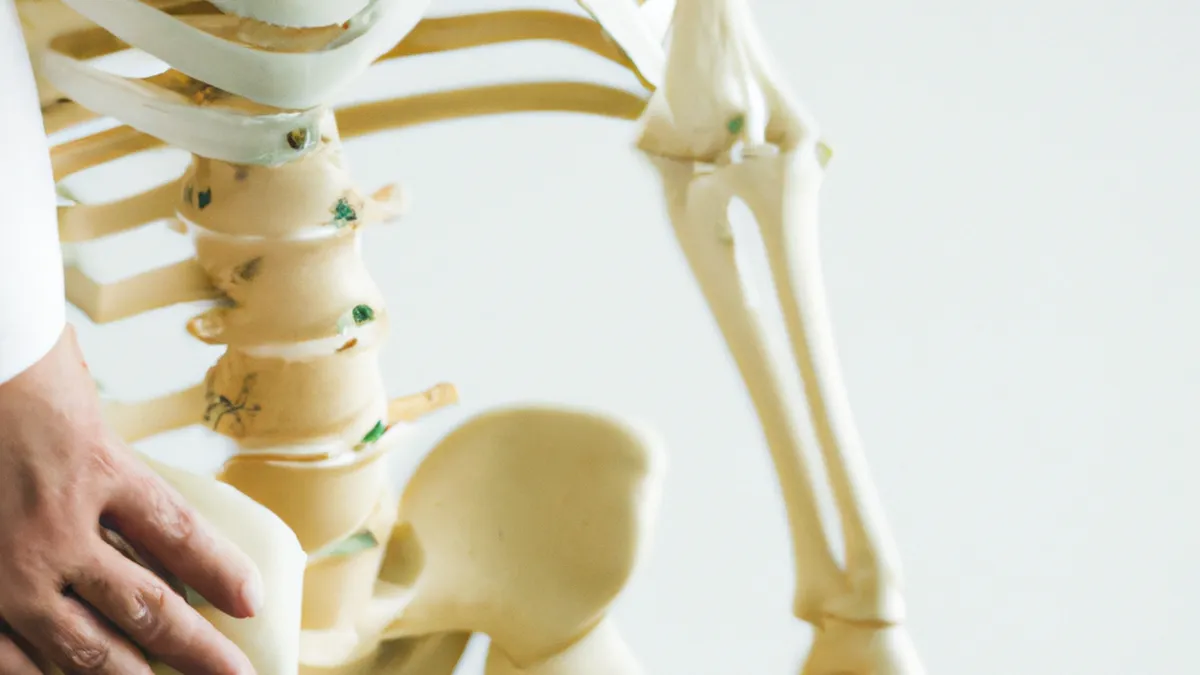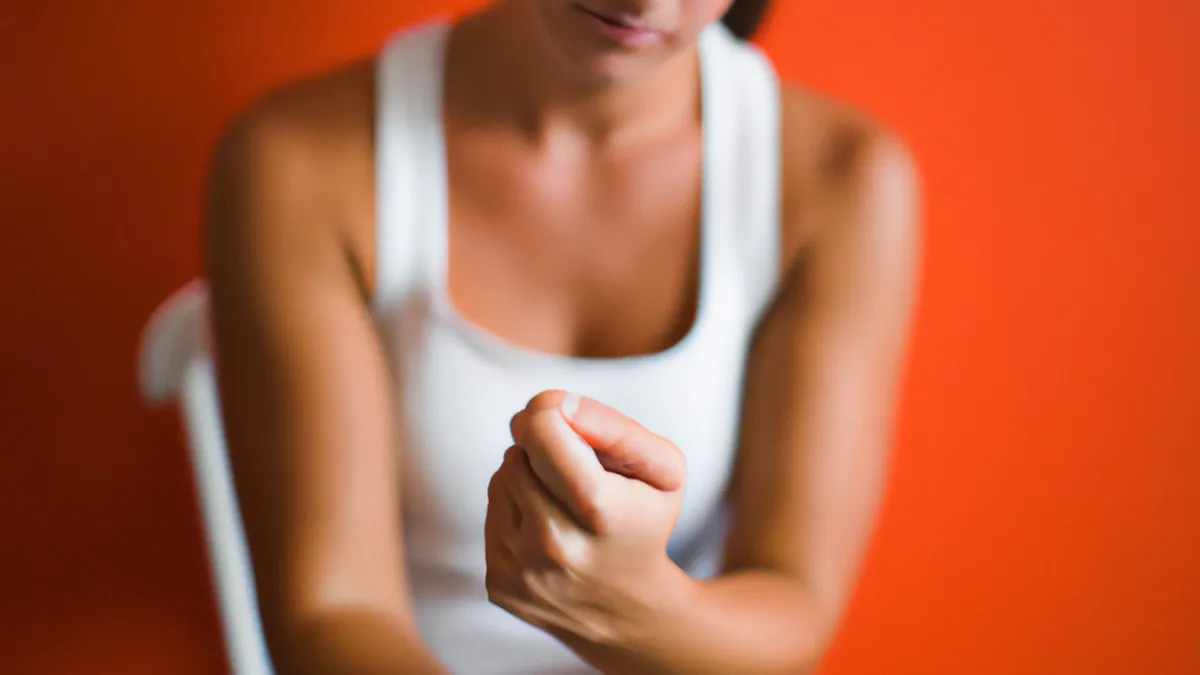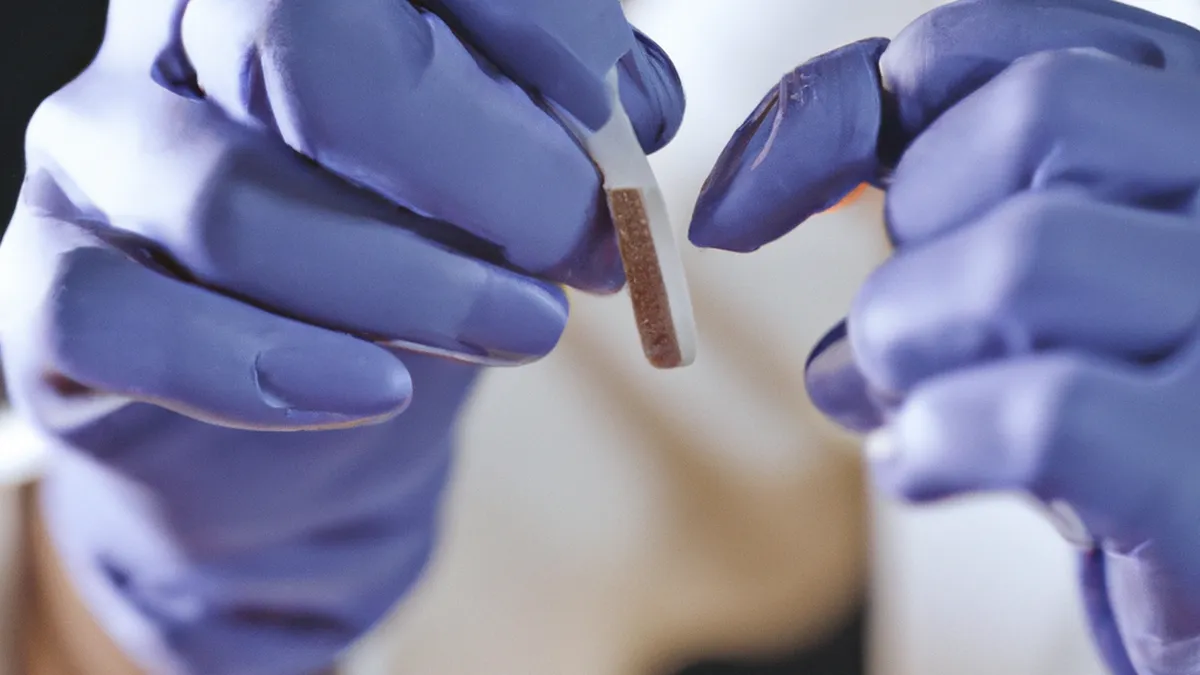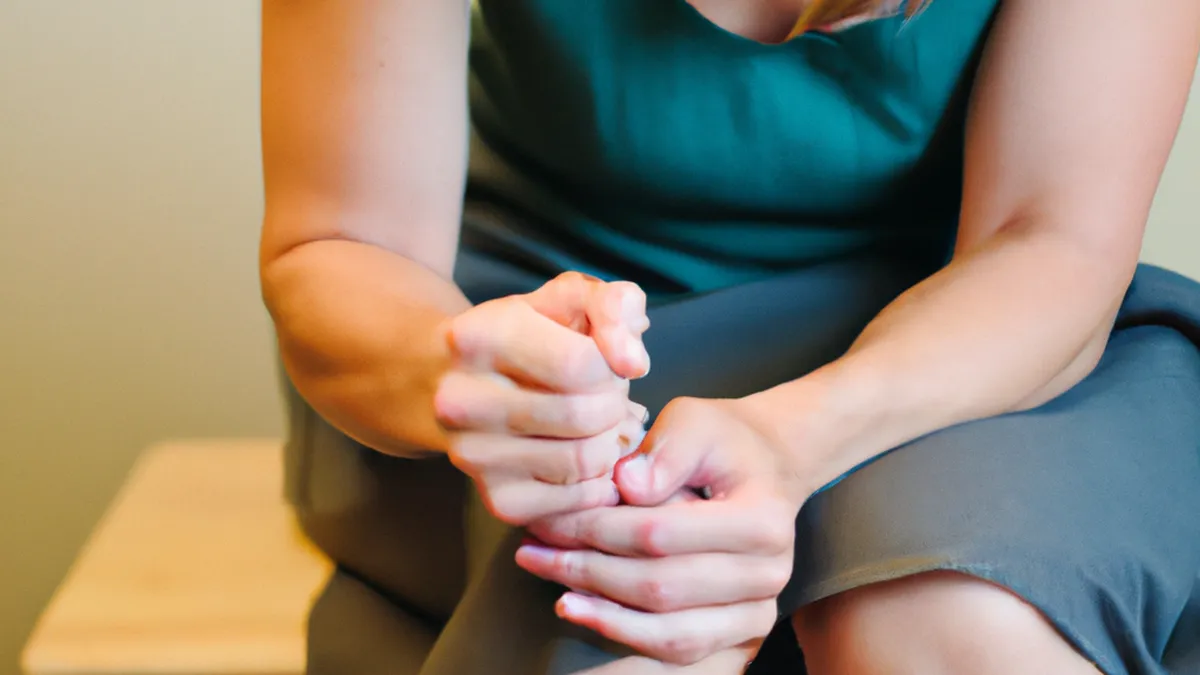Unpacking Activity Perceptions in Diverse Communities
Addressing Cultural Perceptions of Bone Health and Activity Levels
As an Amazon Associate I earn from qualifying purchases.
Gear tip: consider light resistance bands, chair yoga strap and balance pad to support this workout.
Bone health significantly impacts overall well-being, yet cultural perceptions often overshadow its importance. These beliefs influence how individuals engage with their health, especially regarding physical activity and bone strength. Understanding these perceptions helps promote better health outcomes and encourages proactive attitudes toward bone health in various communities. This blog post explores ways to address cultural views on bone health and activity levels, ultimately inspiring healthier lifestyles.
Understanding Cultural Perceptions
Cultural beliefs shape how people view health. In cultures that celebrate physical activity, individuals often enjoy better bone health. In contrast, cultures that normalize sedentary behavior, especially among older adults or women, increase the risk of bone-related issues.
Older adults may face societal pressure to “take it easy,” leading to reduced physical activity. Such notions can weaken bones, raising the risks of osteoporosis and fractures. Conversely, cultures that emphasize outdoor sports, traditional dances, or communal activities often have healthier bones and lower rates of bone-related illnesses.
Recognizing these cultural perceptions enables health professionals to tailor their messages effectively for specific communities.
The Role of Education
Education serves as a powerful tool for changing perceptions. Many individuals lack basic knowledge about bone health and the importance of physical activity. For example, many may not realize that weight-bearing exercises like walking, jogging, or dancing can strengthen bones and improve bone density.
To educate communities effectively, organize workshops focused on bone health. Use relatable examples and cultural references to illustrate the benefits of physical activity. For instance, a workshop could show how traditional dances preserve cultural heritage while providing excellent exercise that strengthens bones.
Distributing educational materials in multiple languages ensures everyone can access valuable information. Infographics, brochures, and videos explaining the relationship between physical activity and bone health can help raise awareness.
Encouraging Physical Activity in Families
Family dynamics significantly shape attitudes toward health and activity. Encourage families to participate in physical activities together, creating a supportive environment for promoting bone health. Organize weekend hikes, family sports days, or dance sessions to bond while reinforcing the importance of staying active.
Additionally, embrace cultural traditions that promote movement. Many cultures feature traditional games, dances, or festivities that involve physical activity. Integrating these practices into daily life fosters an appreciation for movement while honoring cultural heritage.
Conclusion
Understanding cultural perceptions, educating communities, and encouraging family activities can significantly improve bone health awareness and activity levels.
Below are related products based on this post:
FAQ
Why are cultural perceptions important when discussing bone health?
Cultural perceptions shape how individuals view health and physical activity. In cultures that promote active lifestyles, people tend to have better bone health, while beliefs that endorse sedentary behavior can lead to increased risks of bone-related issues. Understanding these perceptions helps health professionals tailor their messages and interventions for specific communities.
How can education improve awareness about bone health?
Education is vital for changing perceptions about bone health and the importance of physical activity. Many individuals lack fundamental knowledge about how activities like weight-bearing exercises can strengthen bones. By organizing workshops and providing accessible educational materials, communities can learn about the benefits of physical activity, which can ultimately lead to healthier lifestyles.
What role do families play in promoting physical activity for bone health?
Family dynamics significantly influence attitudes toward health and physical activity. Encouraging families to engage in physical activities together creates a supportive environment for promoting bone health. Activities like weekend hikes, family sports days, or traditional dances not only foster bonding but also reinforce the importance of staying active and maintaining bone health.















Post Comment